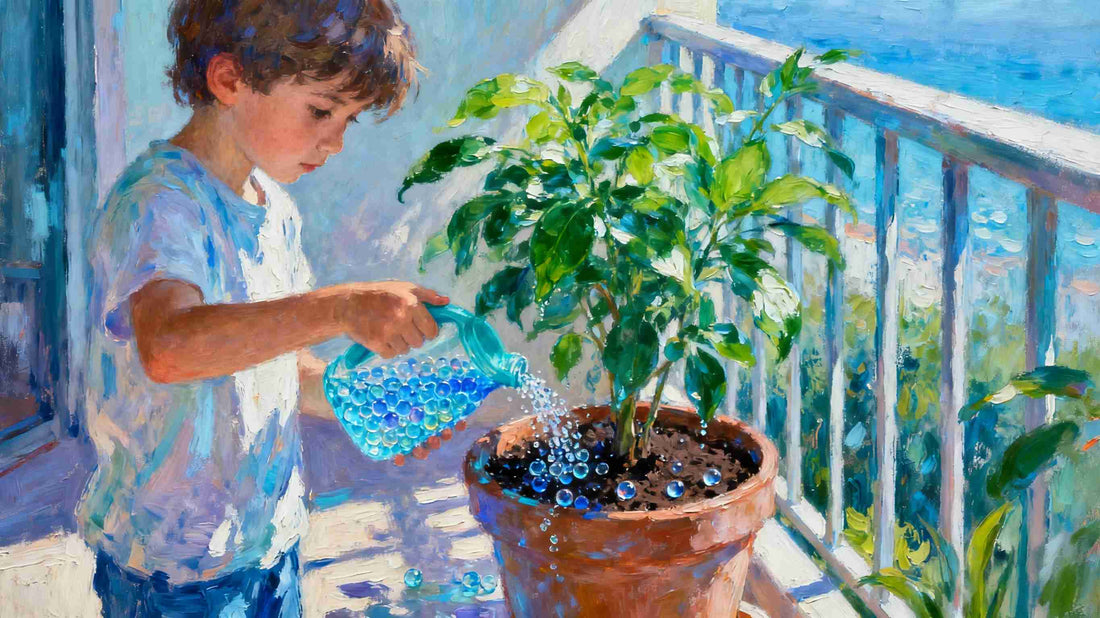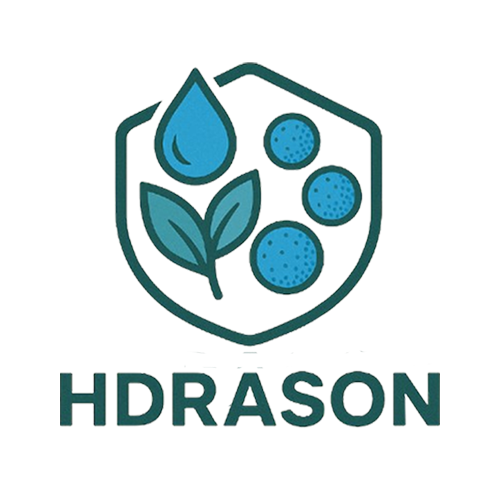
Hdrason Water Beads in Plant Care: Intelligent Water Retention and Decorative Aesthetics
Share
Hdrason water beads are demonstrating exceptional value in horticulture. Their unique water-retention properties perfectly combine with decorative aesthetics, providing an innovative plant care solution for modern gardeners. This high-molecular polymer material not only significantly improves plant survival rates but also adds a unique visual appeal to potted plants and gardens.
Scientifically, the water-retention mechanism of these beads is based on their unique molecular structure. These tiny beads are made of highly absorbent resins, such as sodium polyacrylate, which contain numerous hydrophilic groups within their molecular chains. Upon contact with water, these groups hydrogen-bond to water molecules, forming a three-dimensional network capable of absorbing and retaining hundreds of times their own weight in water. This absorbed moisture isn't permanently locked up; instead, it slowly releases it based on ambient humidity, creating an intelligent moisture regulation system.
In practical applications, the use of water beads is simple and effective. For potted plants, fully expanded water beads can be mixed with soil at a specific ratio. The recommended mixing ratio is 10%-30% by volume of soil, depending on the plant's water tolerance and environmental conditions. Ensure the water beads are evenly distributed during mixing to avoid overly wet areas near the roots. This mixing method is particularly suitable for those who frequently travel or tend to forget to water their plants, providing a continuous and stable water supply.
The use of water beads is particularly effective during dry seasons or in sandy soils. Mixing them into garden soil can significantly reduce watering frequency, saving up to 50%. This not only reduces maintenance costs but also embodies environmentally friendly and water-saving gardening practices. For confined spaces like balcony plantings and rooftop gardens, the lightweight nature of water beads also reduces the overall load-bearing burden.
Decorative applications are another important aspect. Choose water beads that coordinate with the color of your plants or container and lay them on the soil as a covering layer. This not only maintains soil moisture but also enhances the visual appeal. Transparent water beads create a shimmering, dew-like effect, while colored beads add an artistic touch to potted plants. This decorative method is particularly suitable for indoor foliage plants and succulents.
Water beads also offer unique value in flower arranging. Filling the bottom of a transparent vase with fully absorbent beads not only stabilizes the stems but also provides continuous moisture for cut flowers. Compared to traditional water-based methods, this method reduces water evaporation, prolongs the freshness of flowers, and creates a unique visual effect.
There are several key points to note when using water beads. First, ensure that you use horticultural-grade water beads to avoid those containing harmful chemicals. Second, regularly inspect the beads and replace them if they lose their elasticity or change color. Finally, different plants have varying water requirements. Dry-loving plants, such as succulents, should use fewer water beads, while moisture-loving plants can use more.
As for environmental benefits, the long-term use of water beads can help improve soil structure. Its repeated contraction and expansion process increases soil porosity, promoting root respiration and microbial activity. Furthermore, by reducing watering frequency it reduces the risk of nutrient loss and improves fertilizer utilization efficiency.
Innovative applications also include water bead seedling technology. Sowing seeds in a water bead matrix provides a stable humidity environment, improving germination rates. Once the seedlings have grown true leaves, they can be transplanted into the soil along with the water bead, minimizing transplant shock. This method is particularly suitable for raising small seeds.
Hdrason water beads have revolutionized modern gardening, seamlessly blending practical functionality with aesthetic value. Professional gardeners and amateurs alike can use this innovative material to improve plant care while creating more beautiful and sustainable green spaces. With continued technological advancement, the application prospects of water beads in horticulture will continue to expand.
Next article:Hdrason Gel Water Beads: A Cooling Summer Playmate
